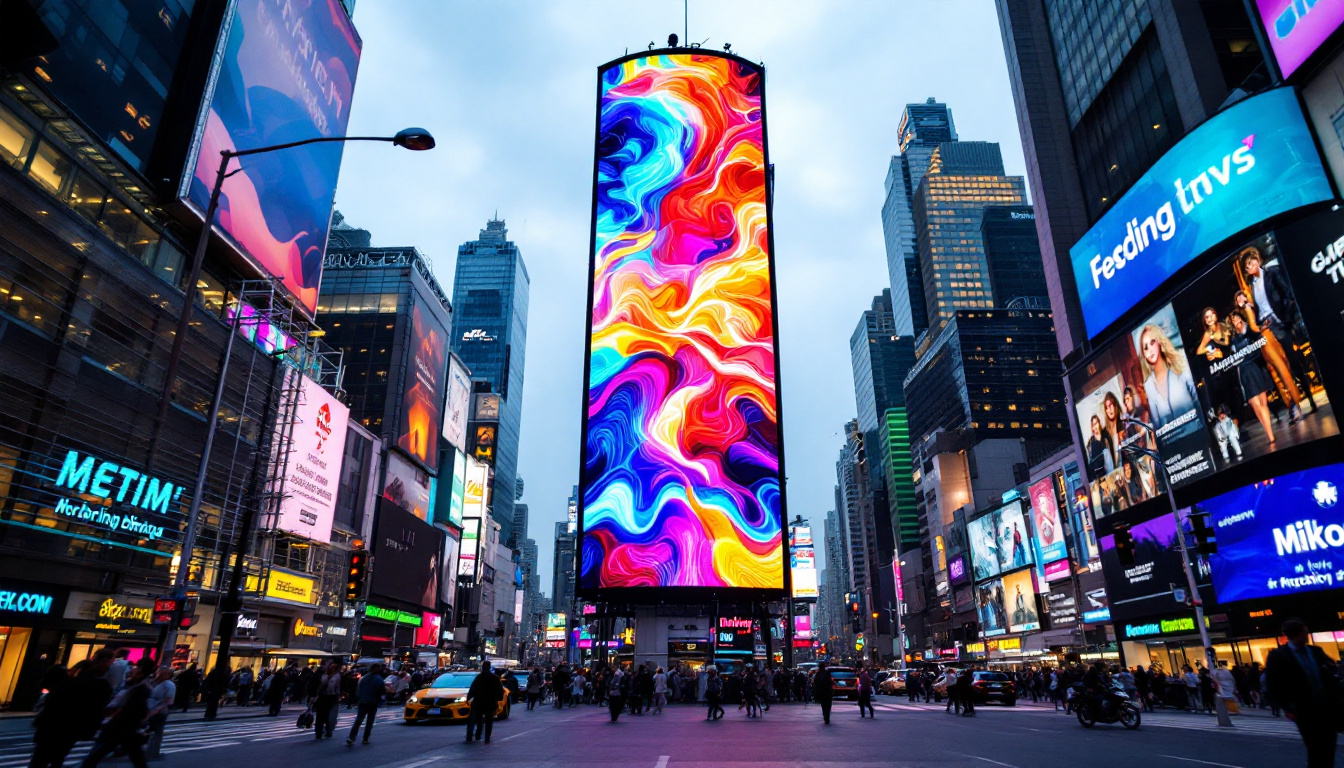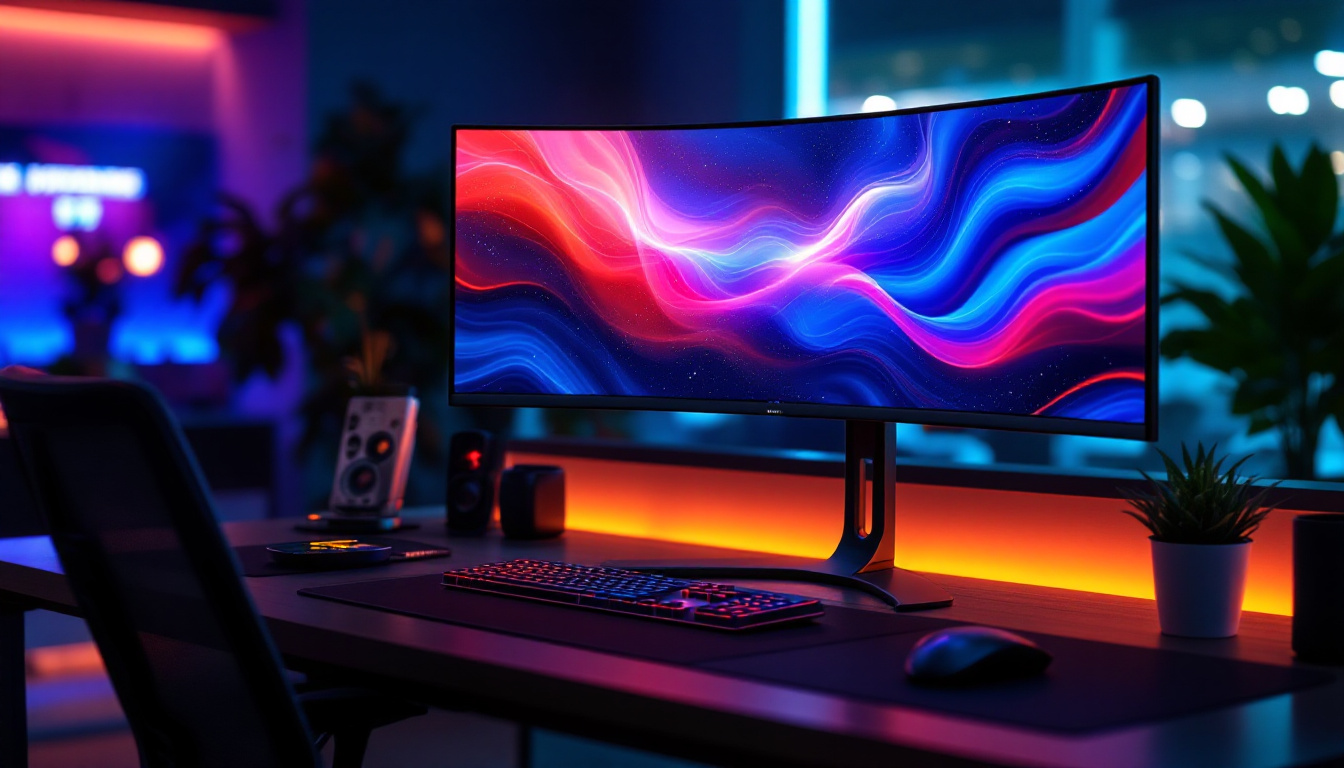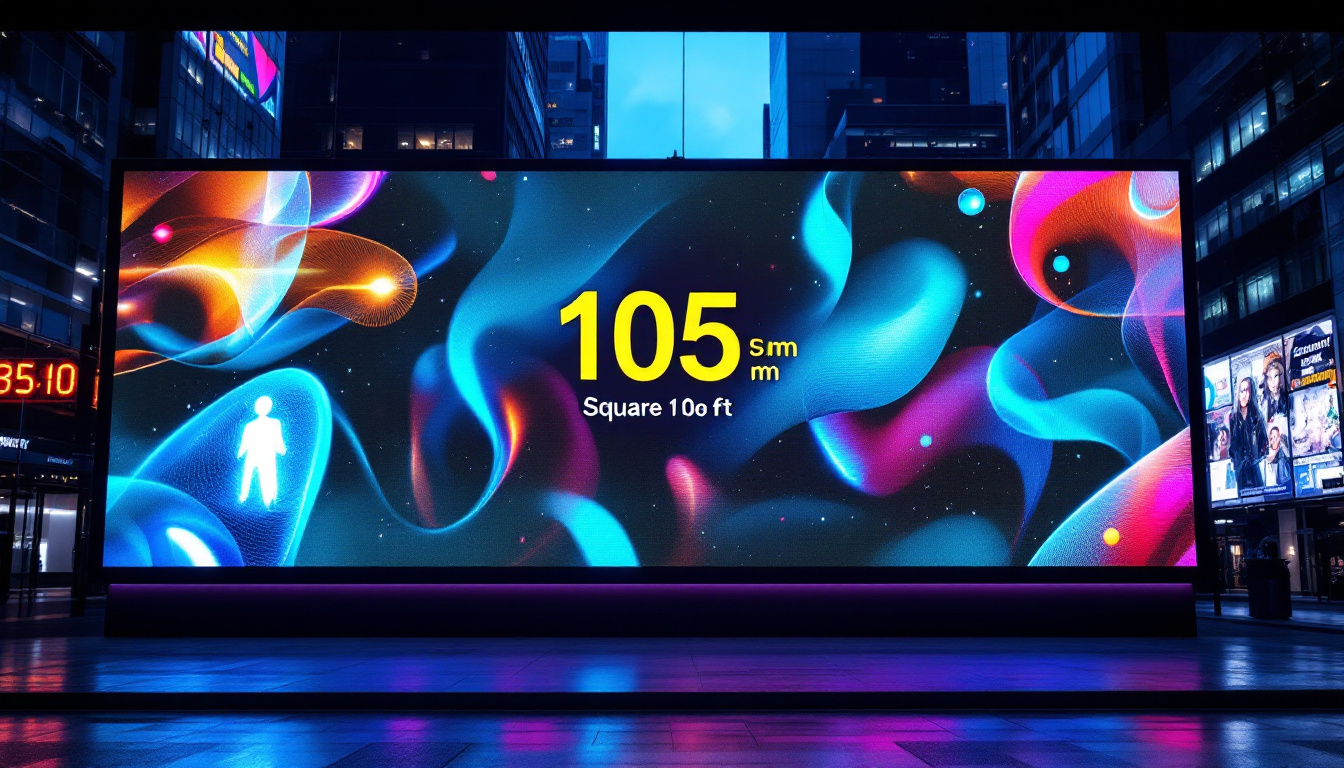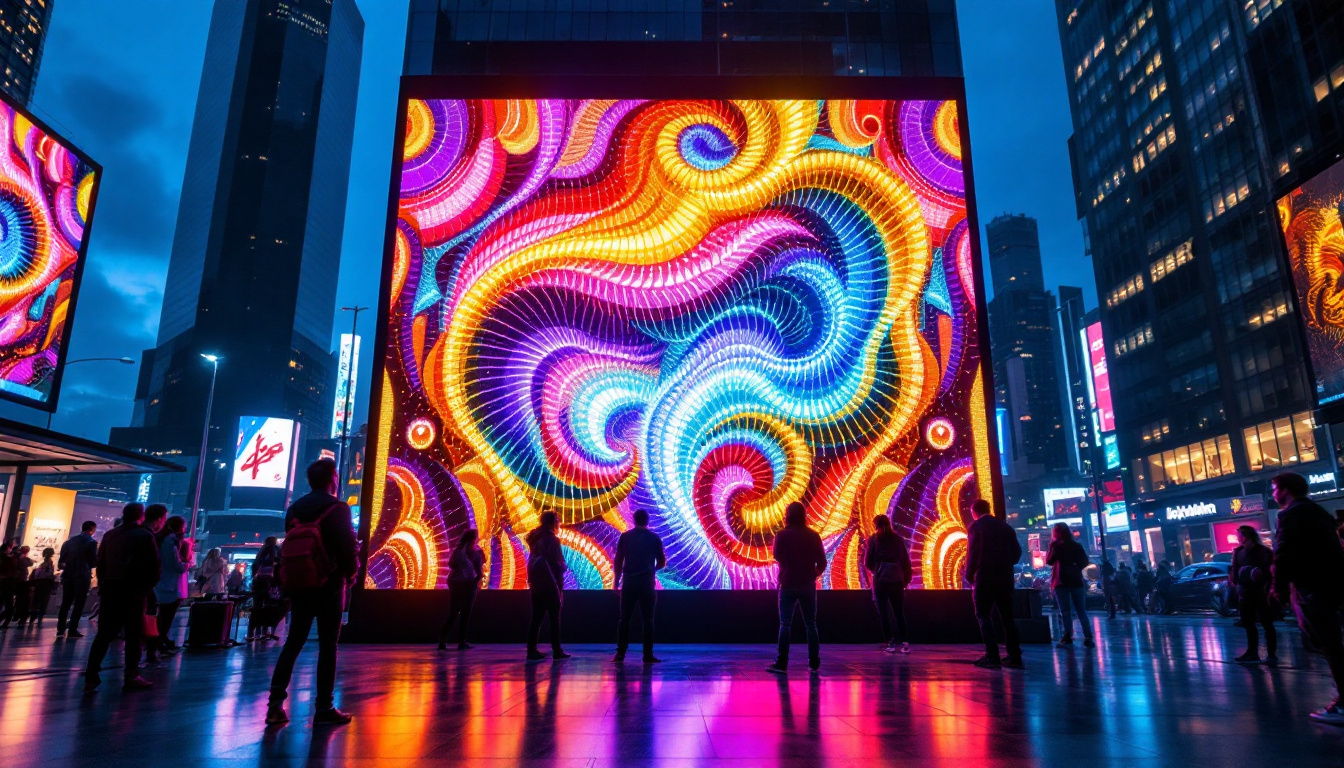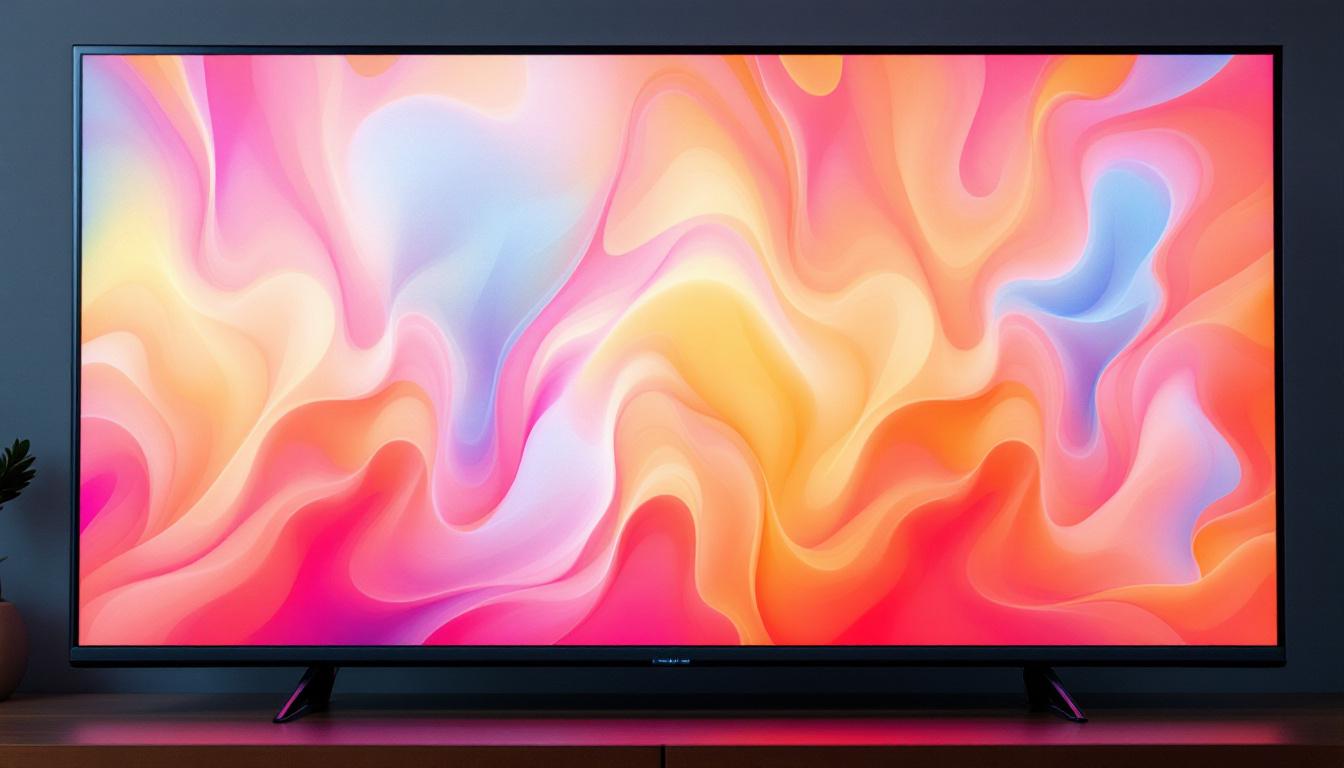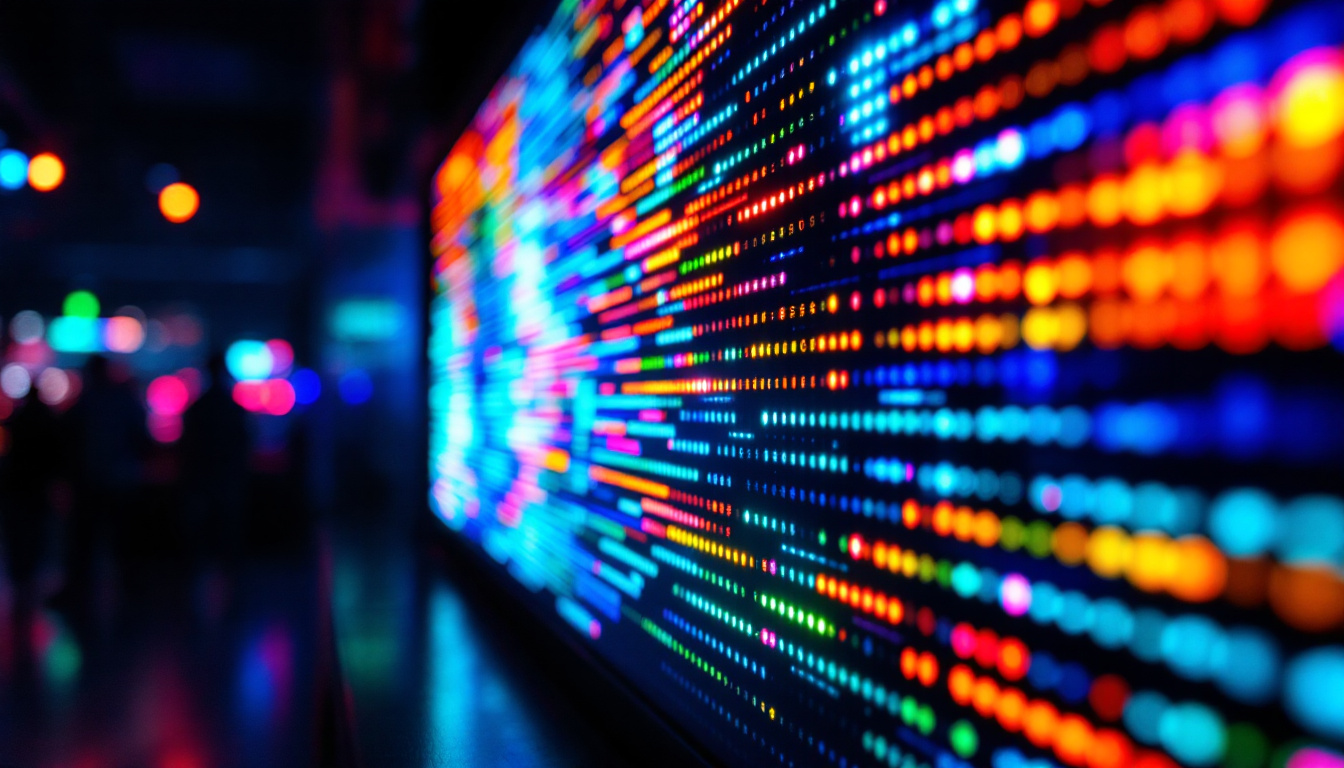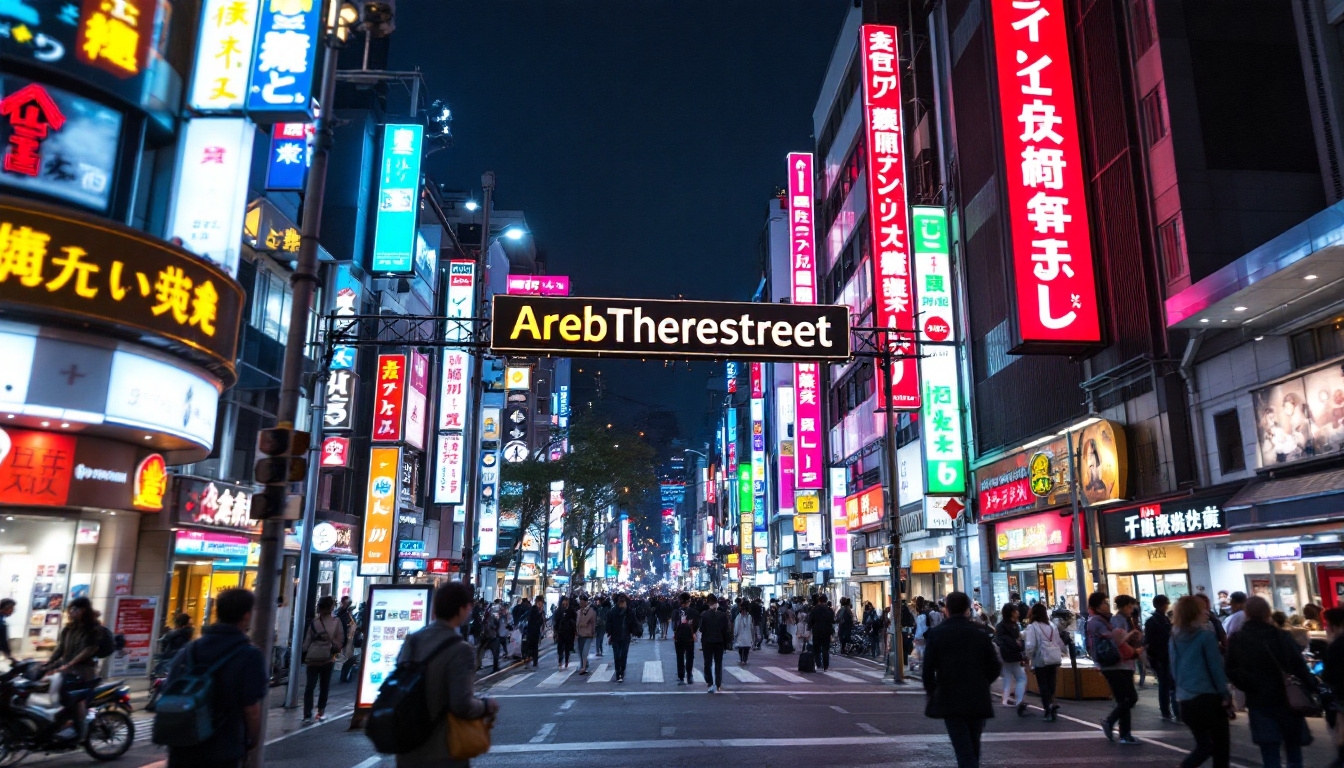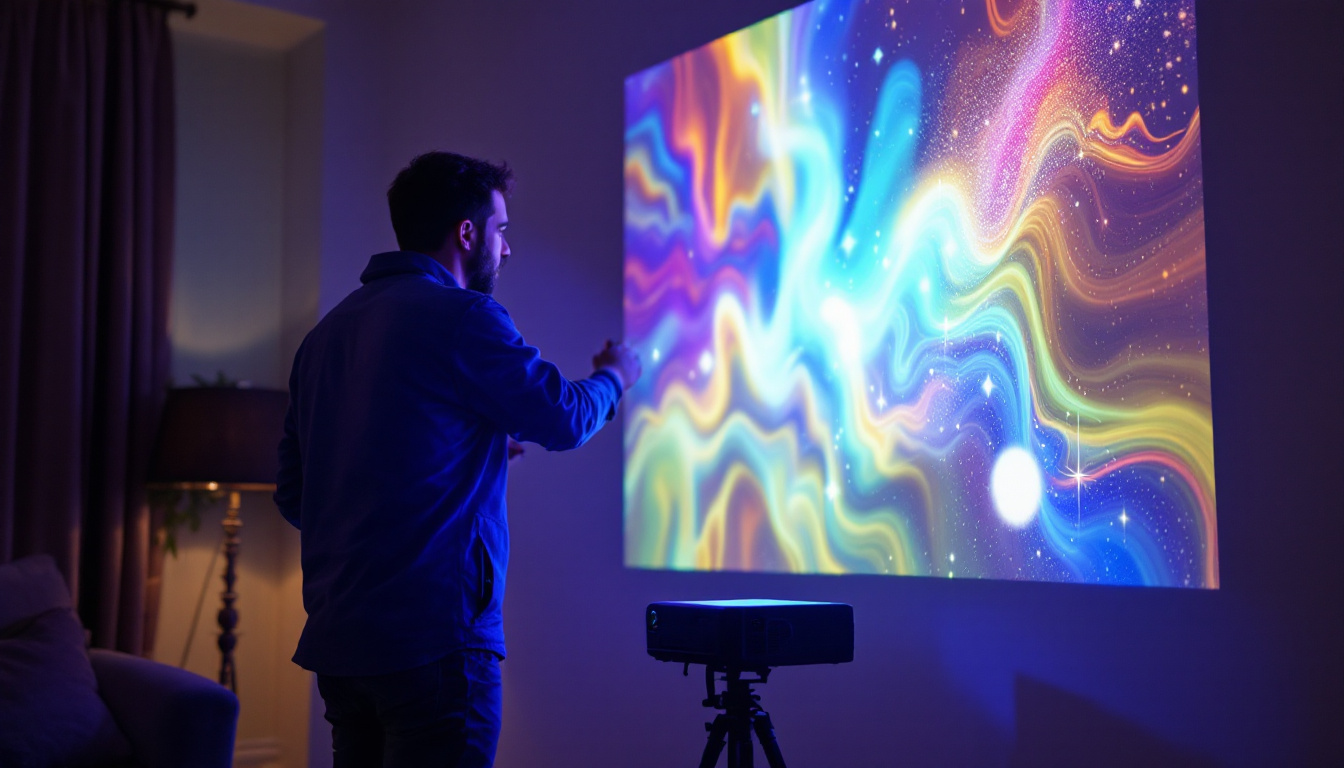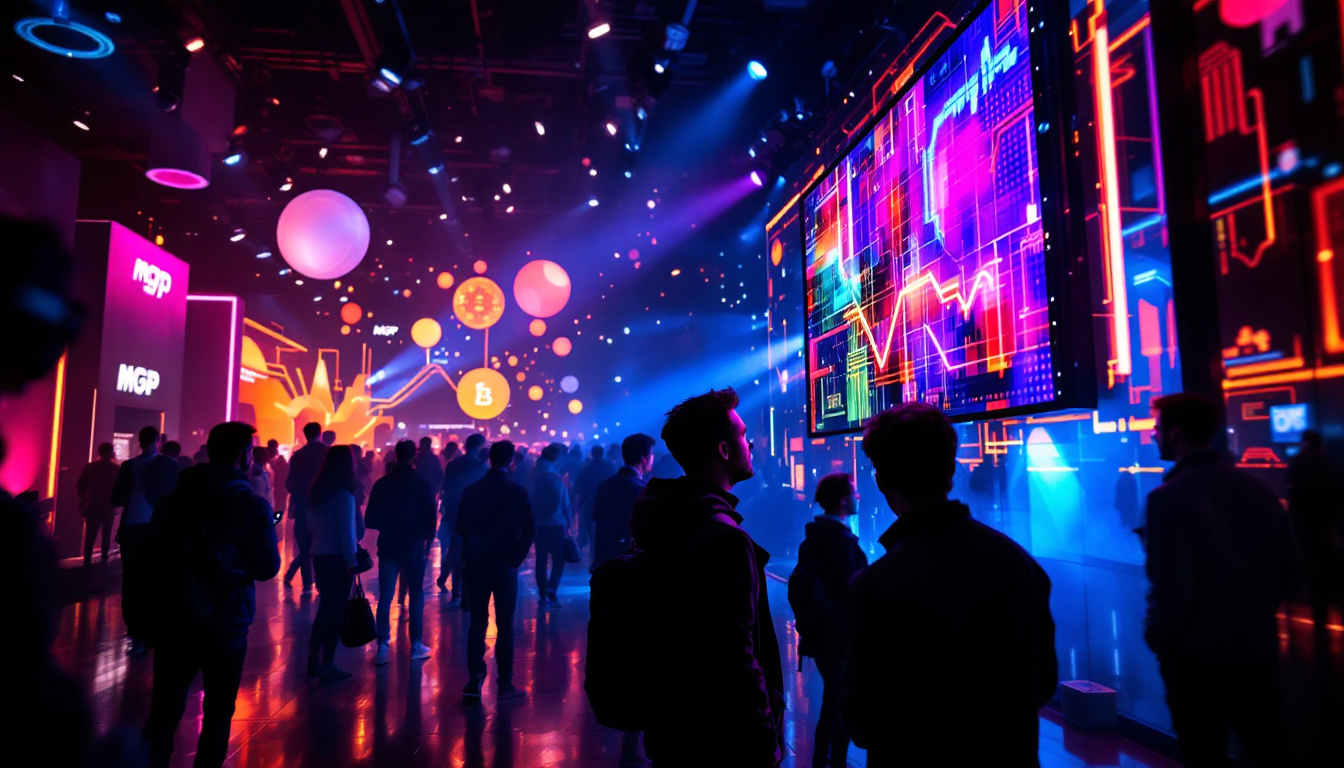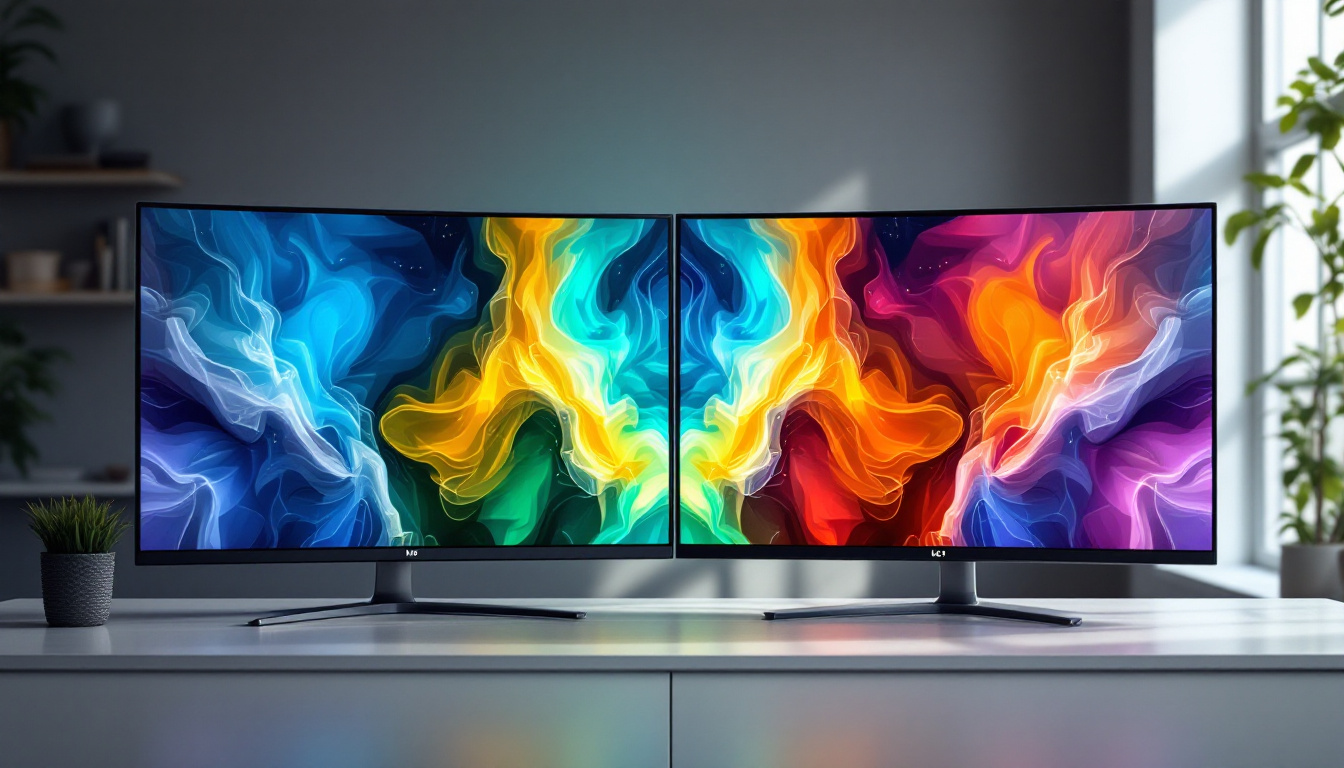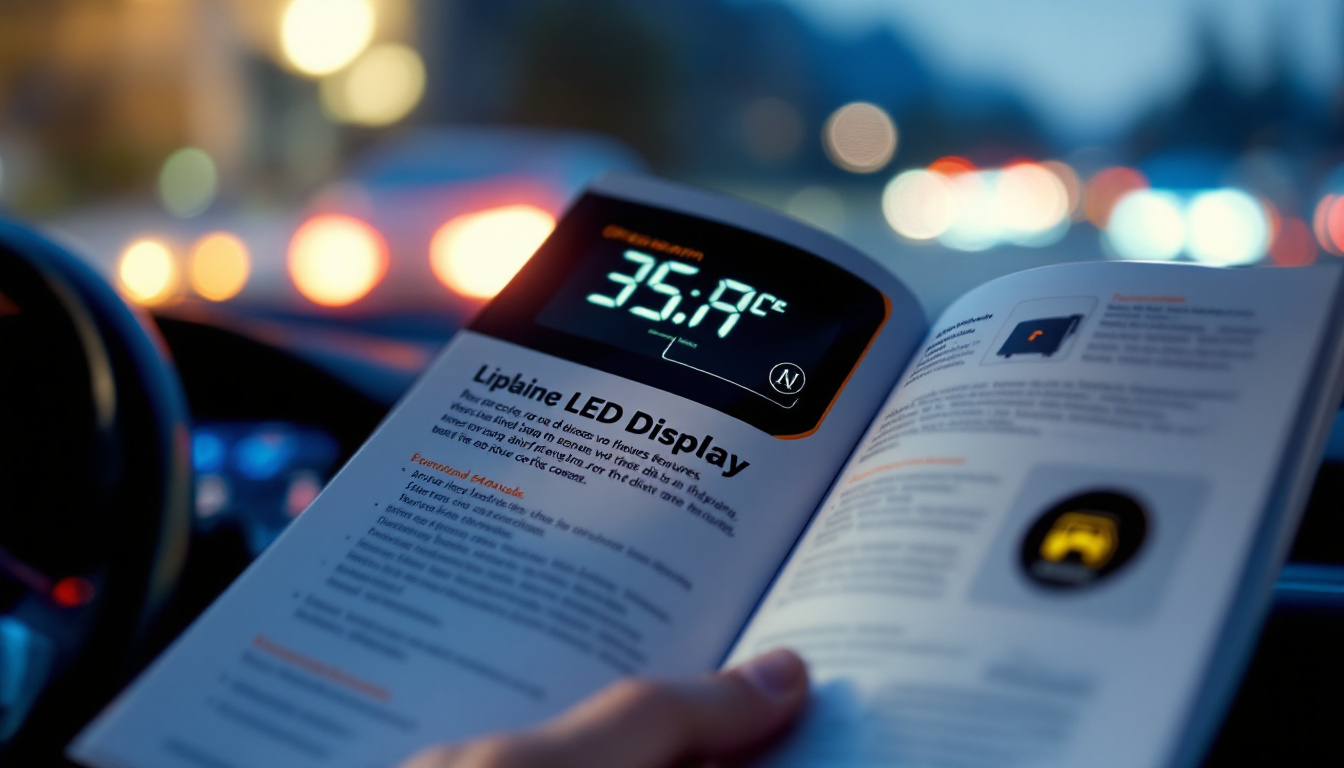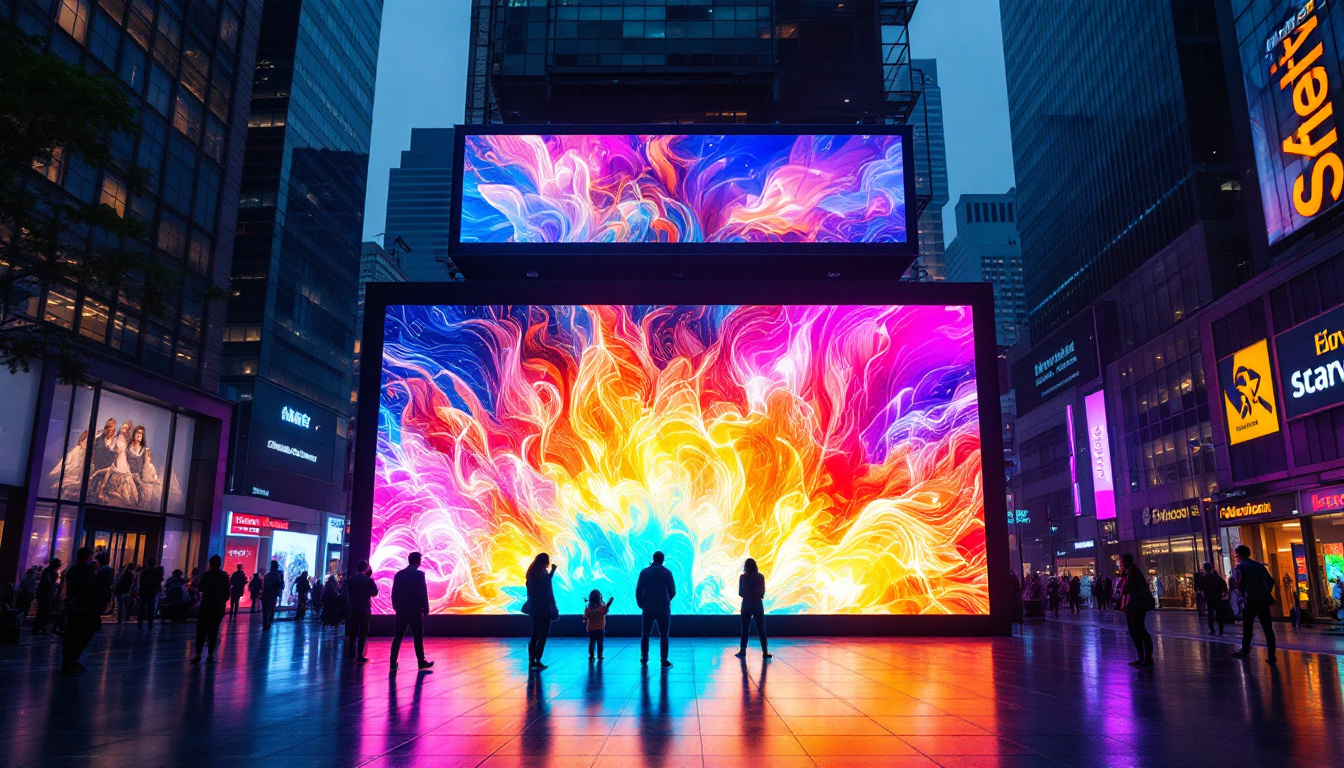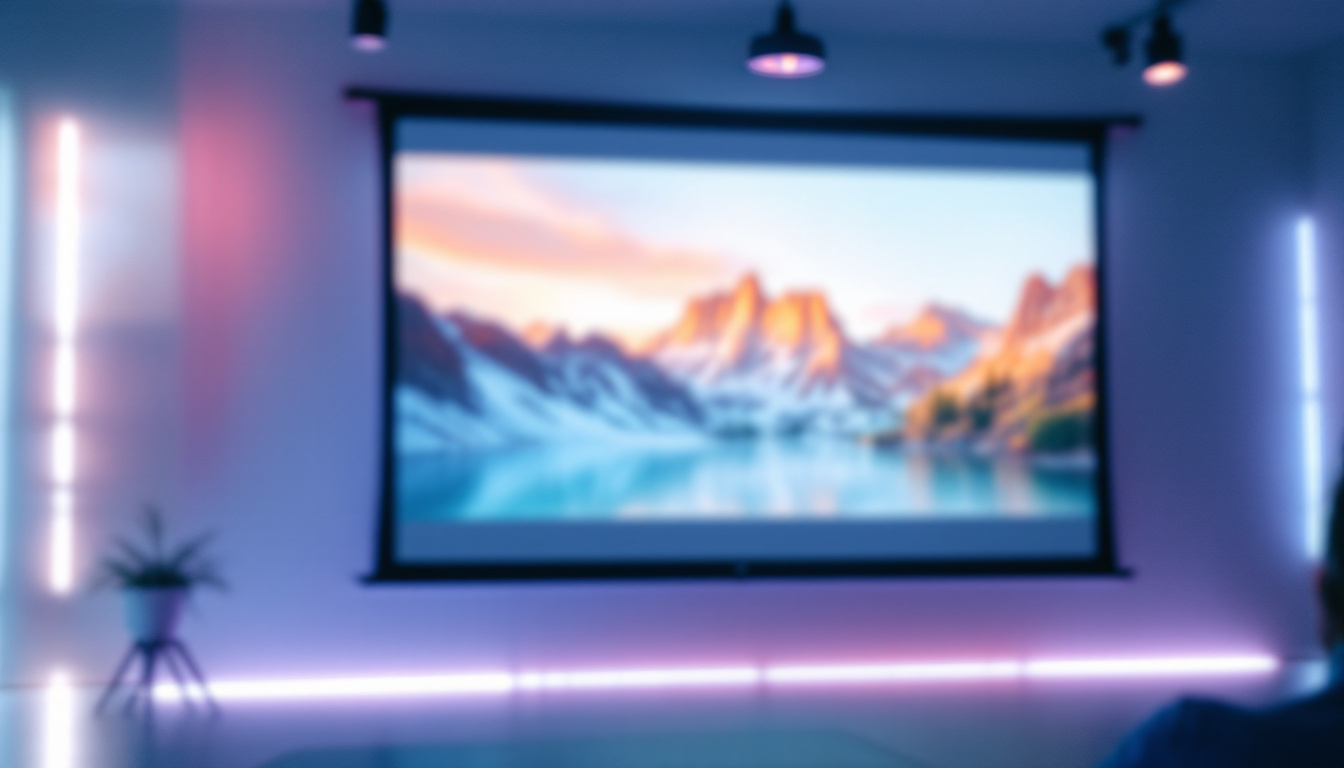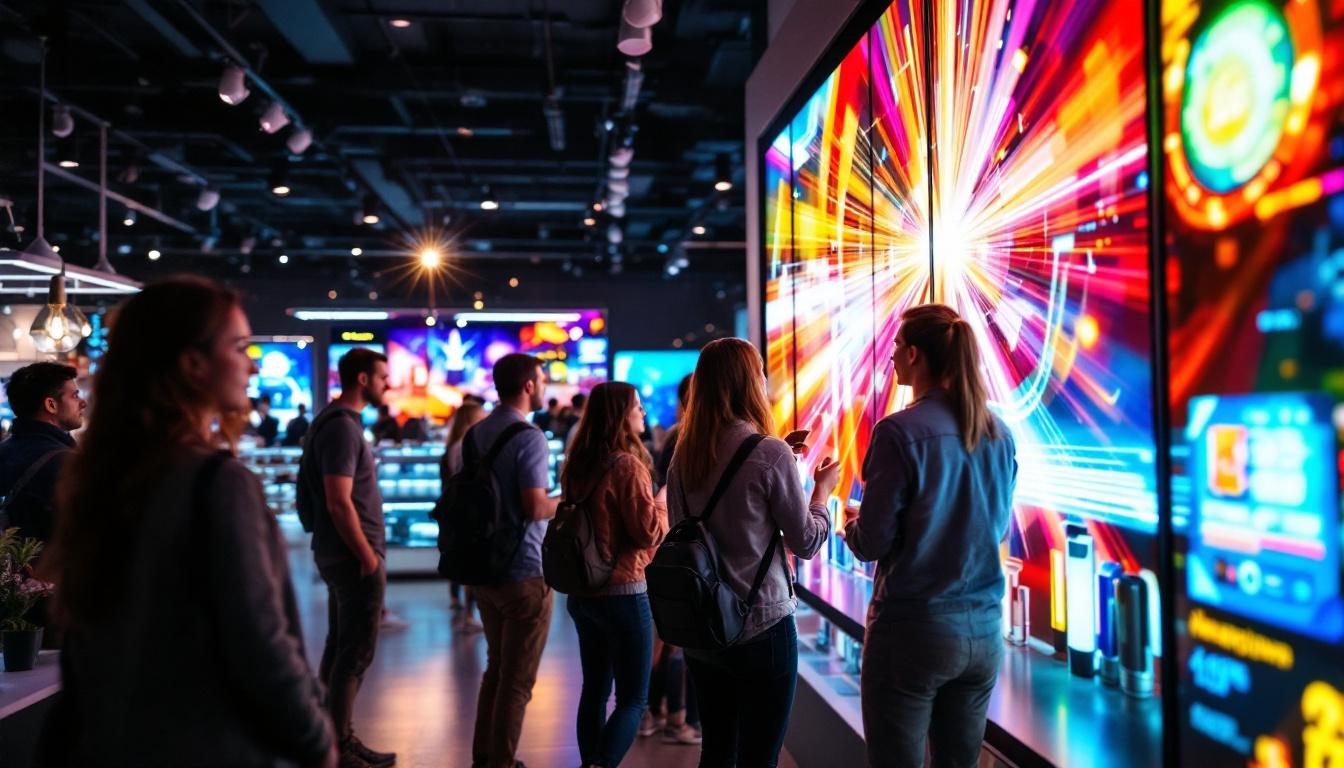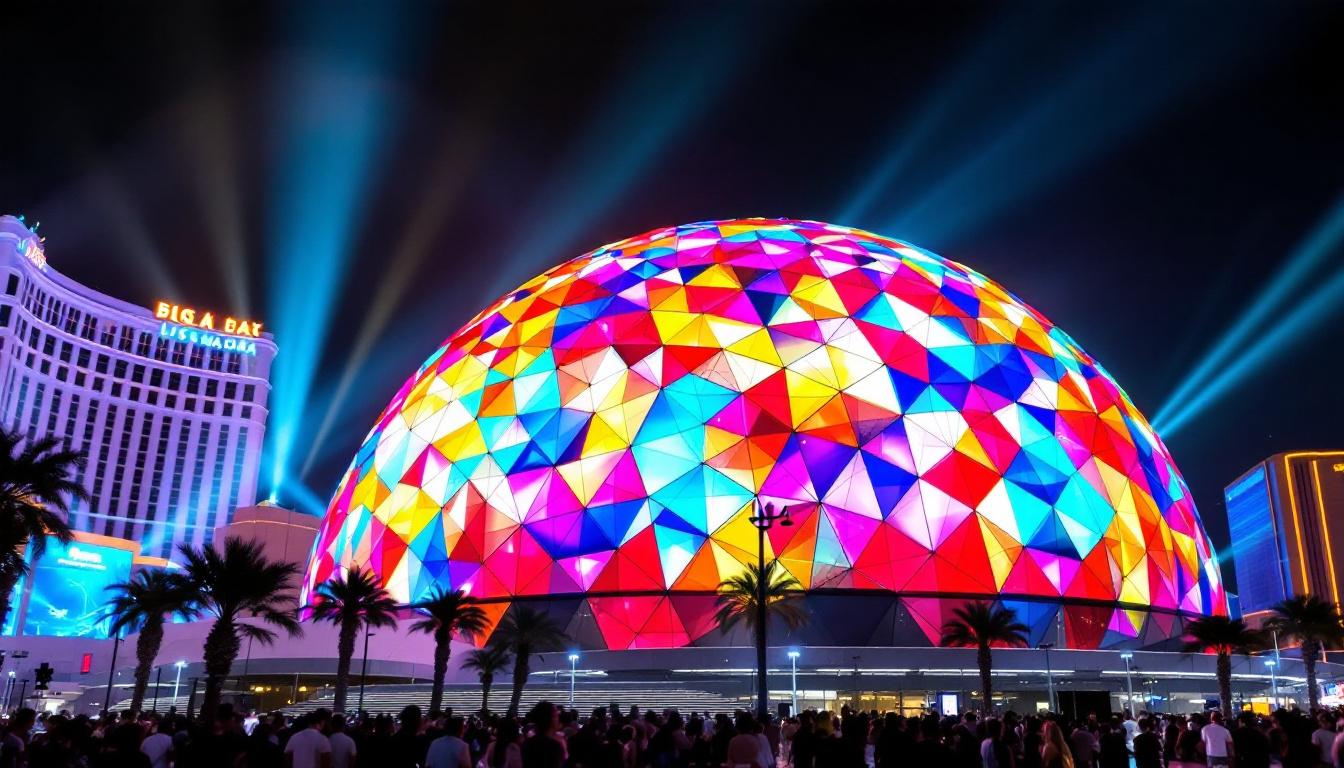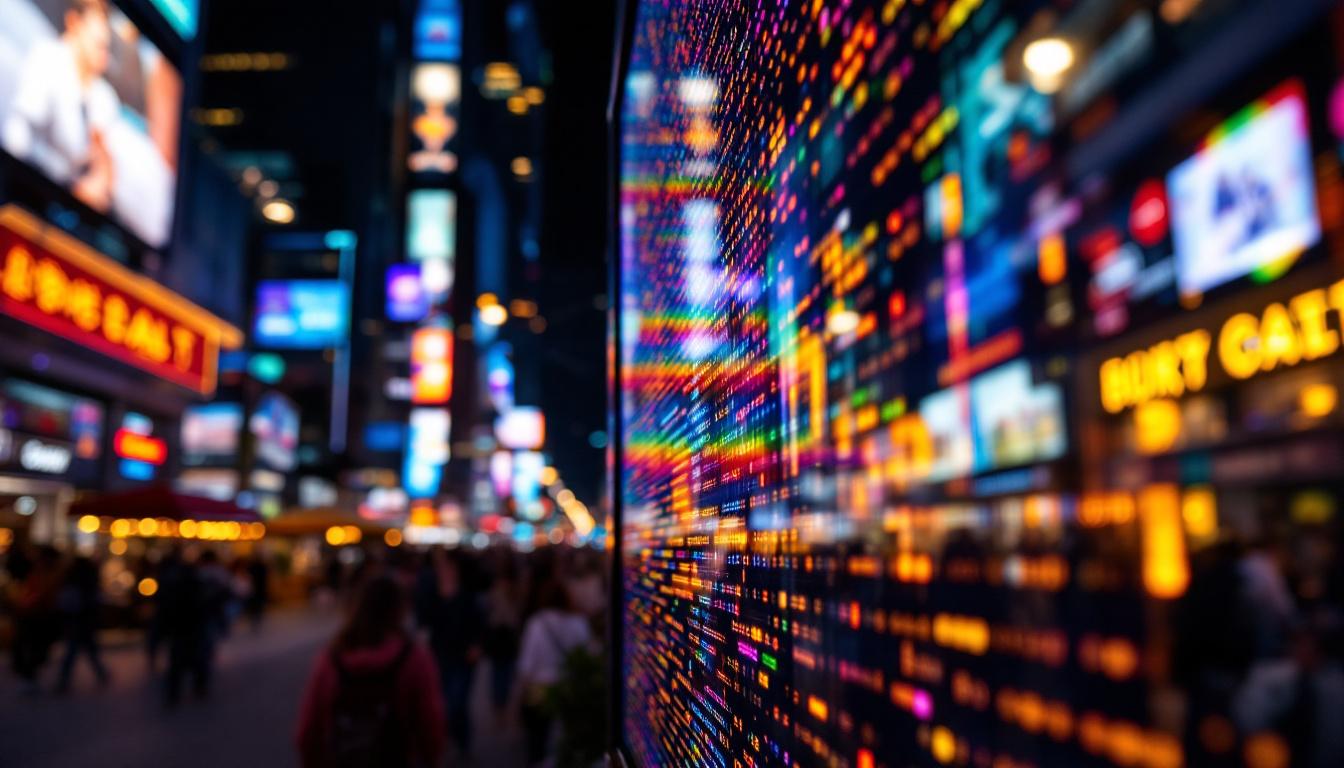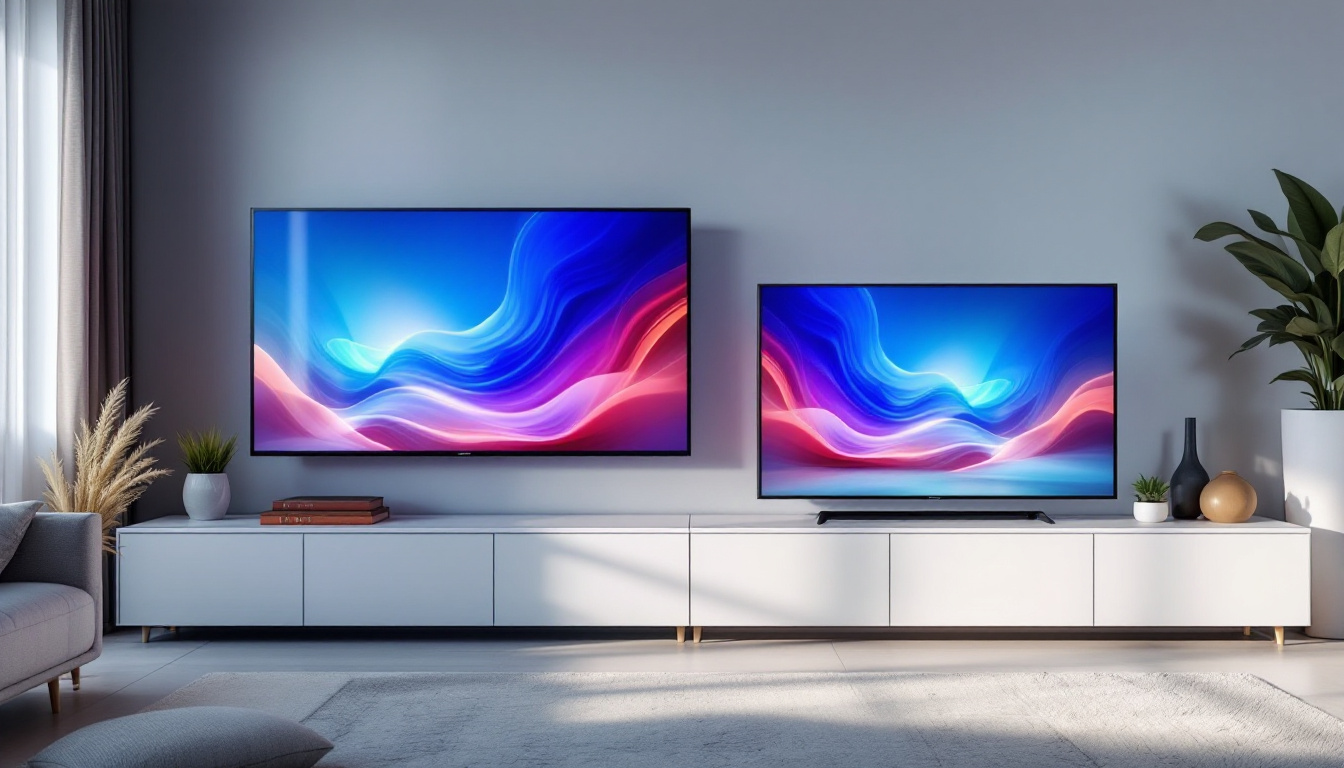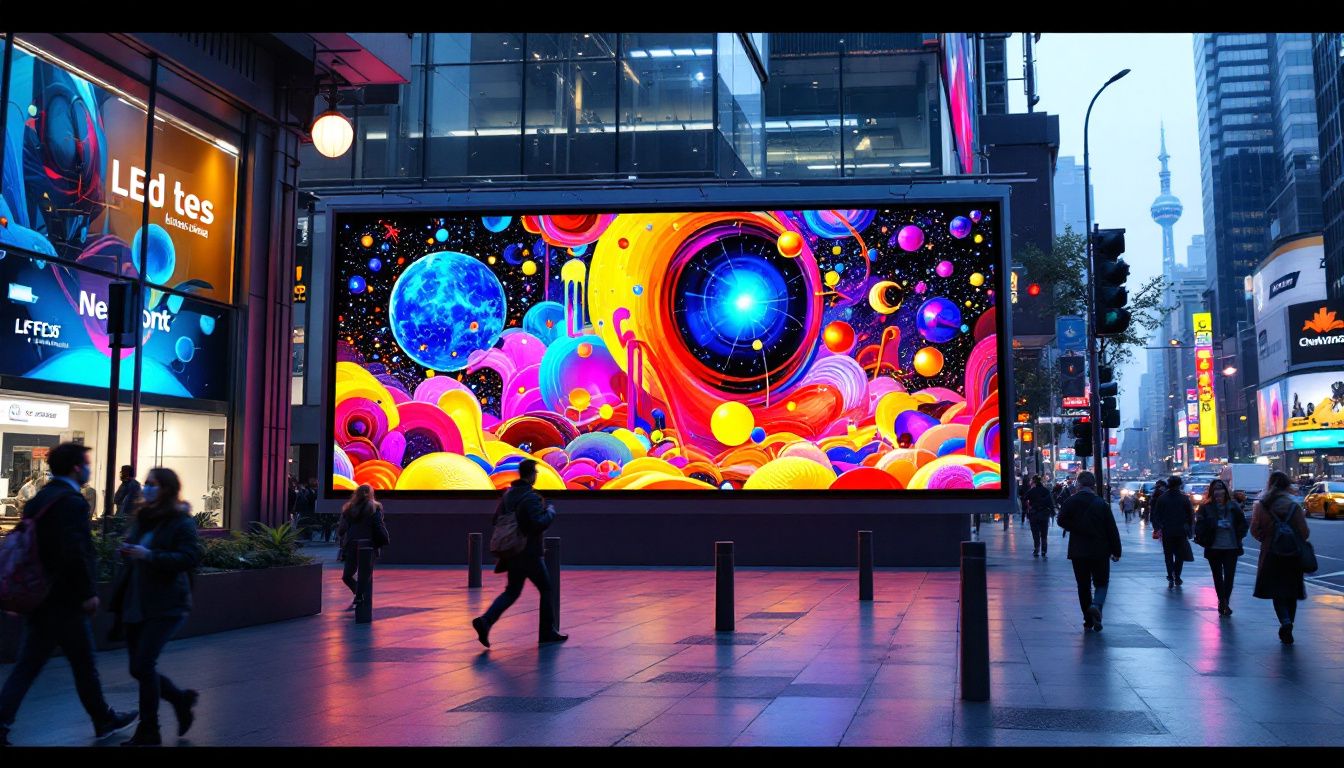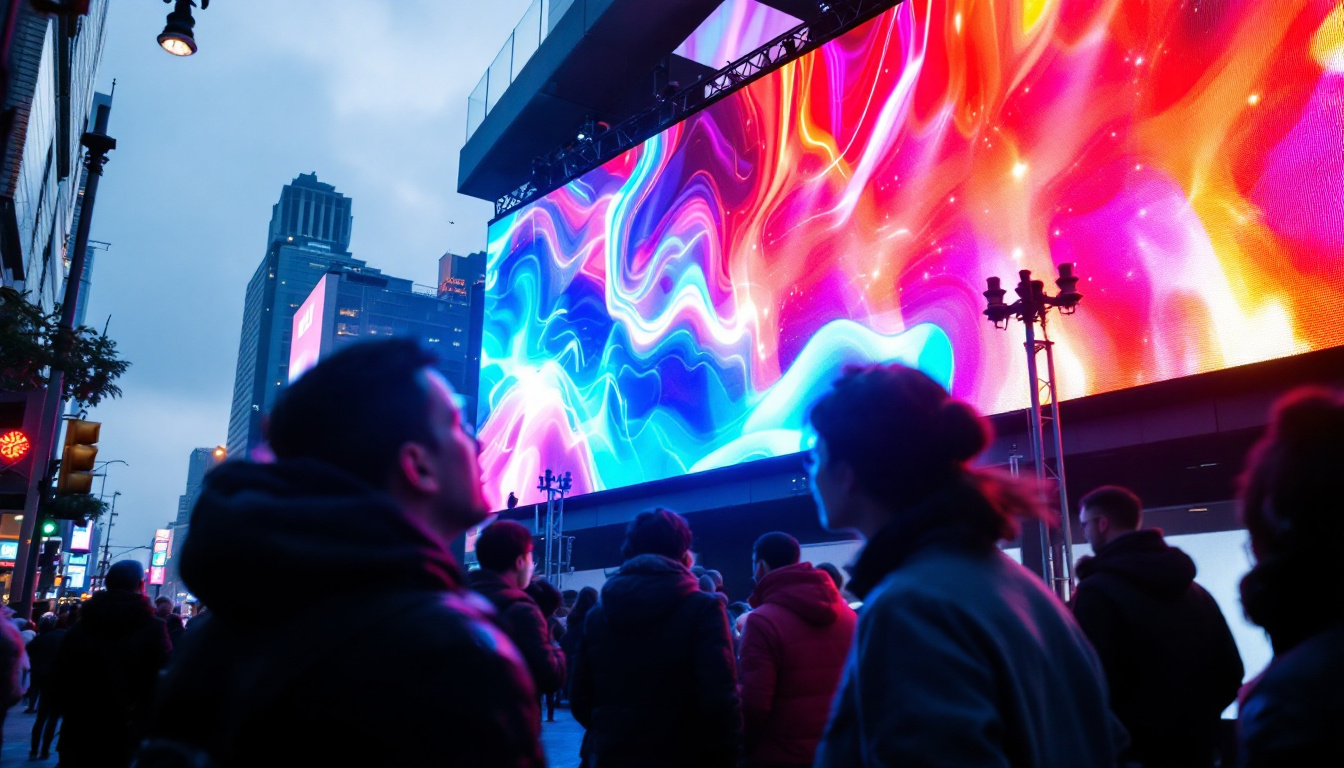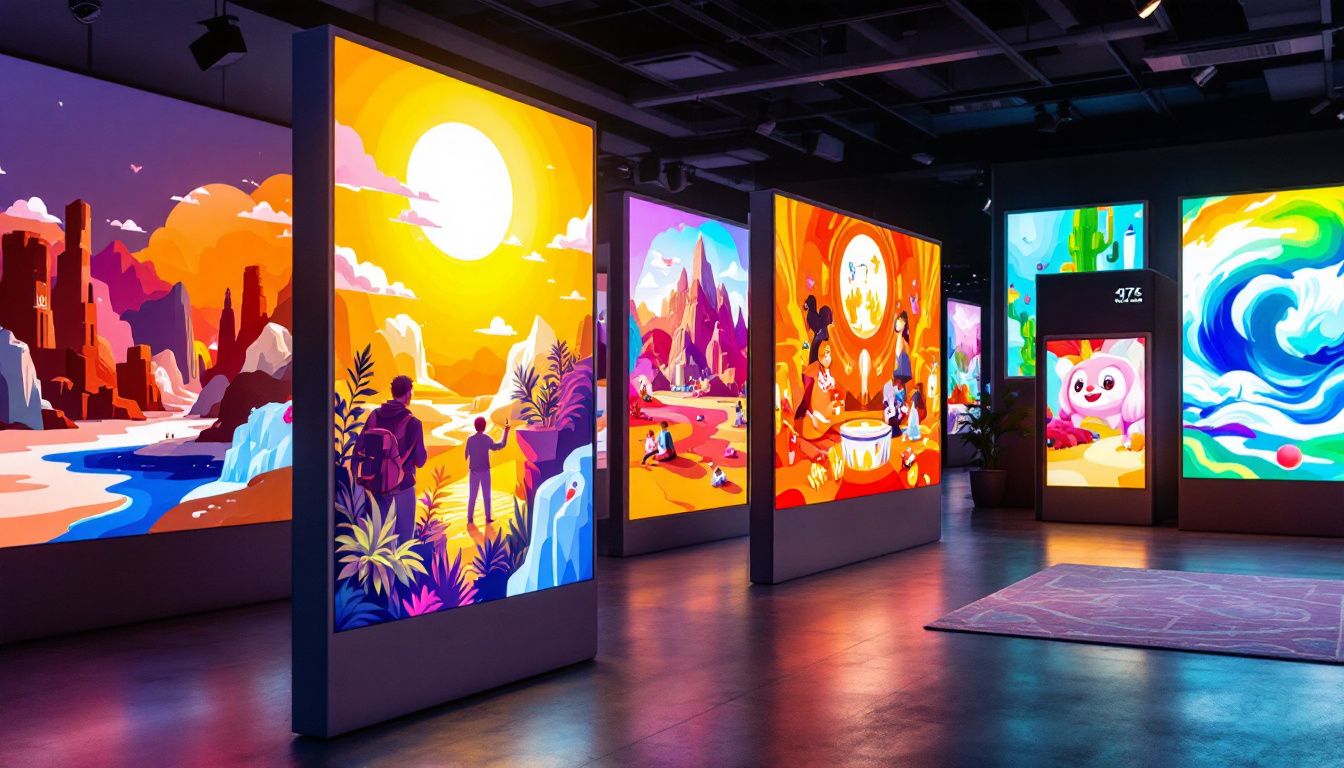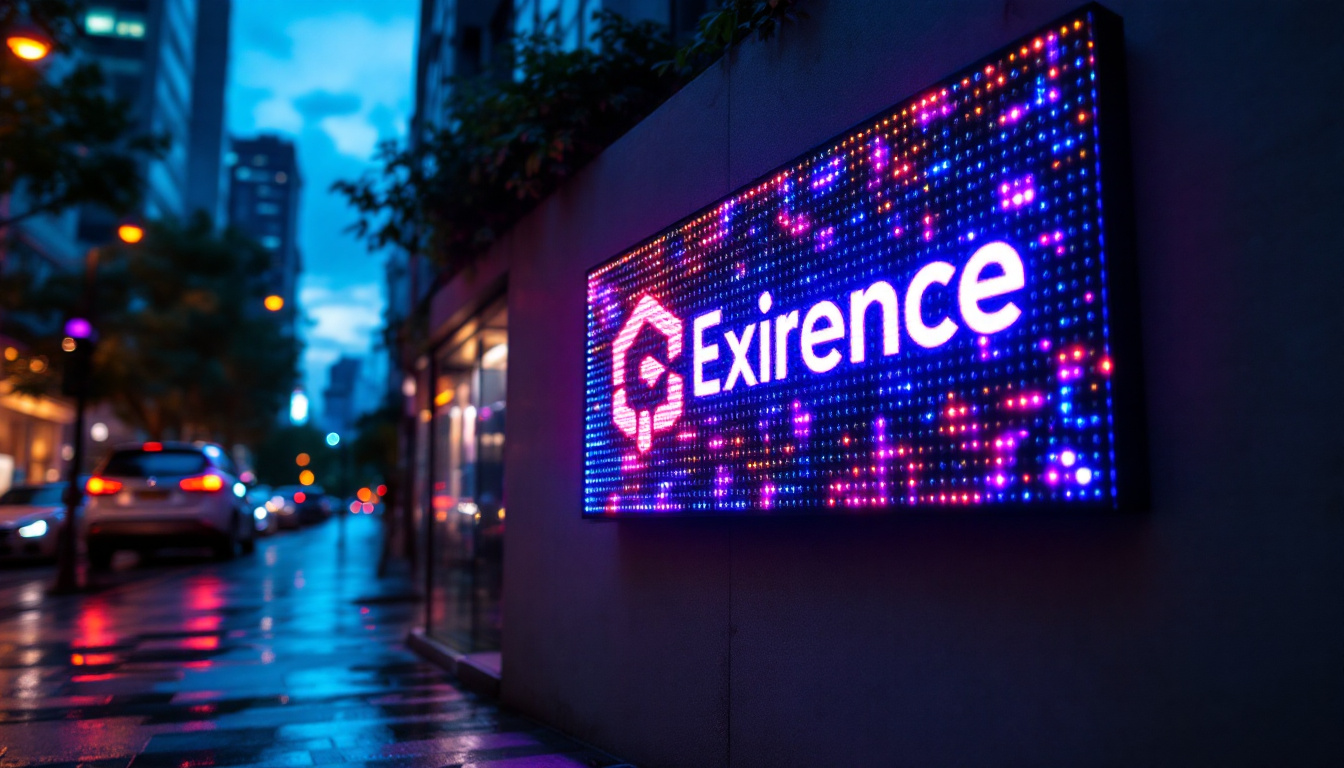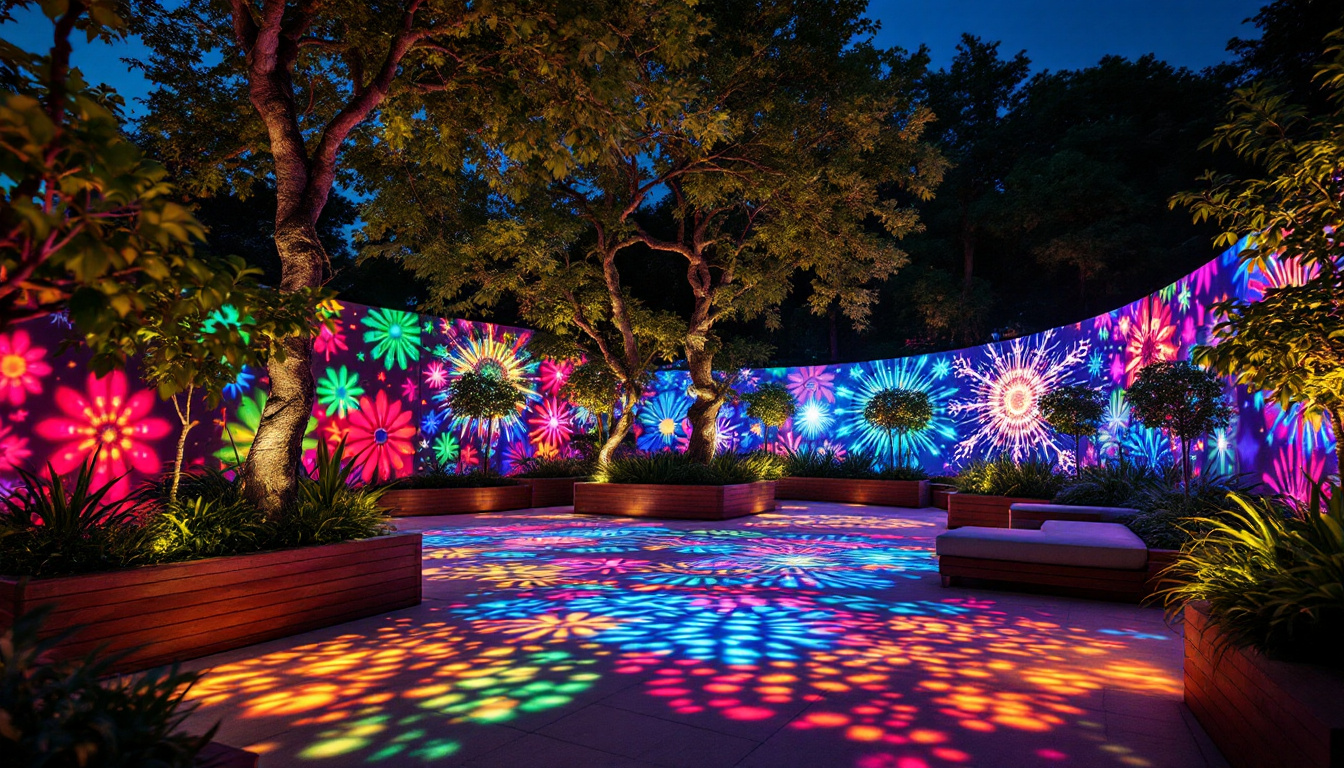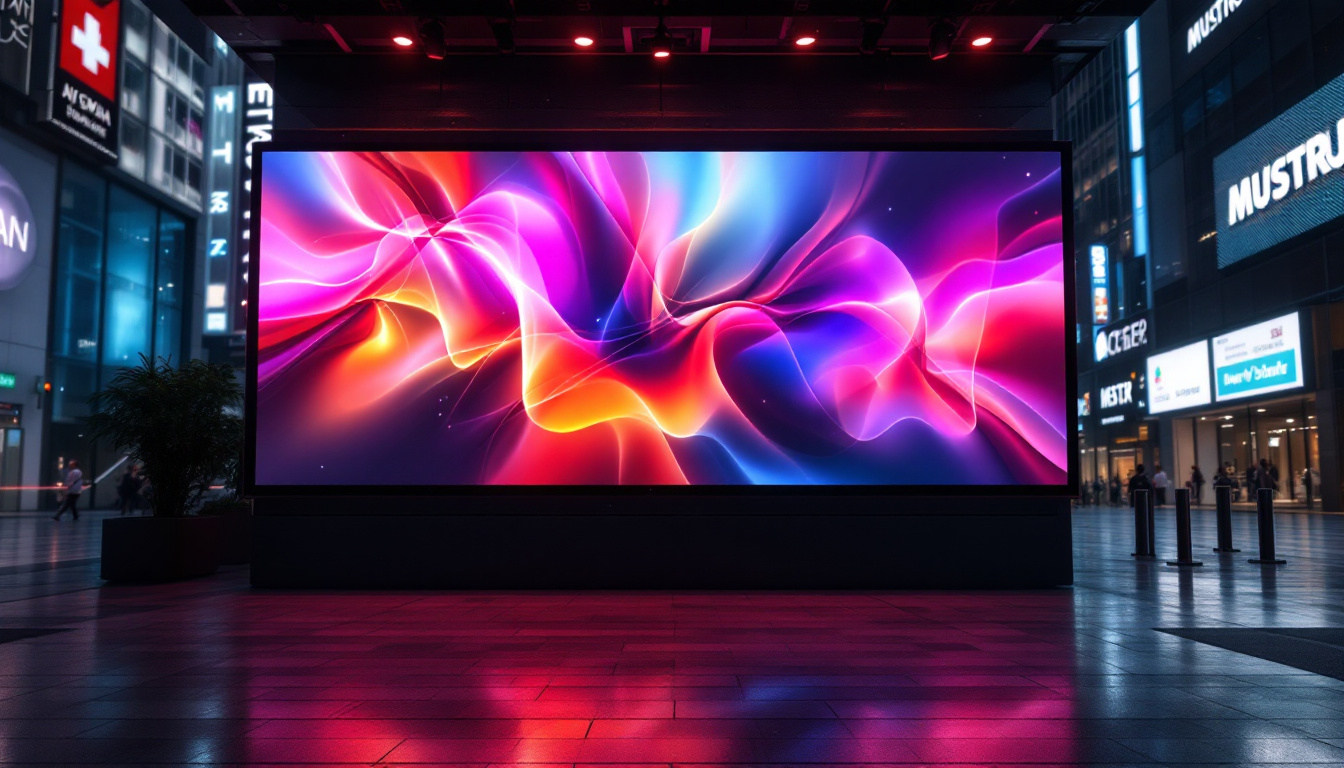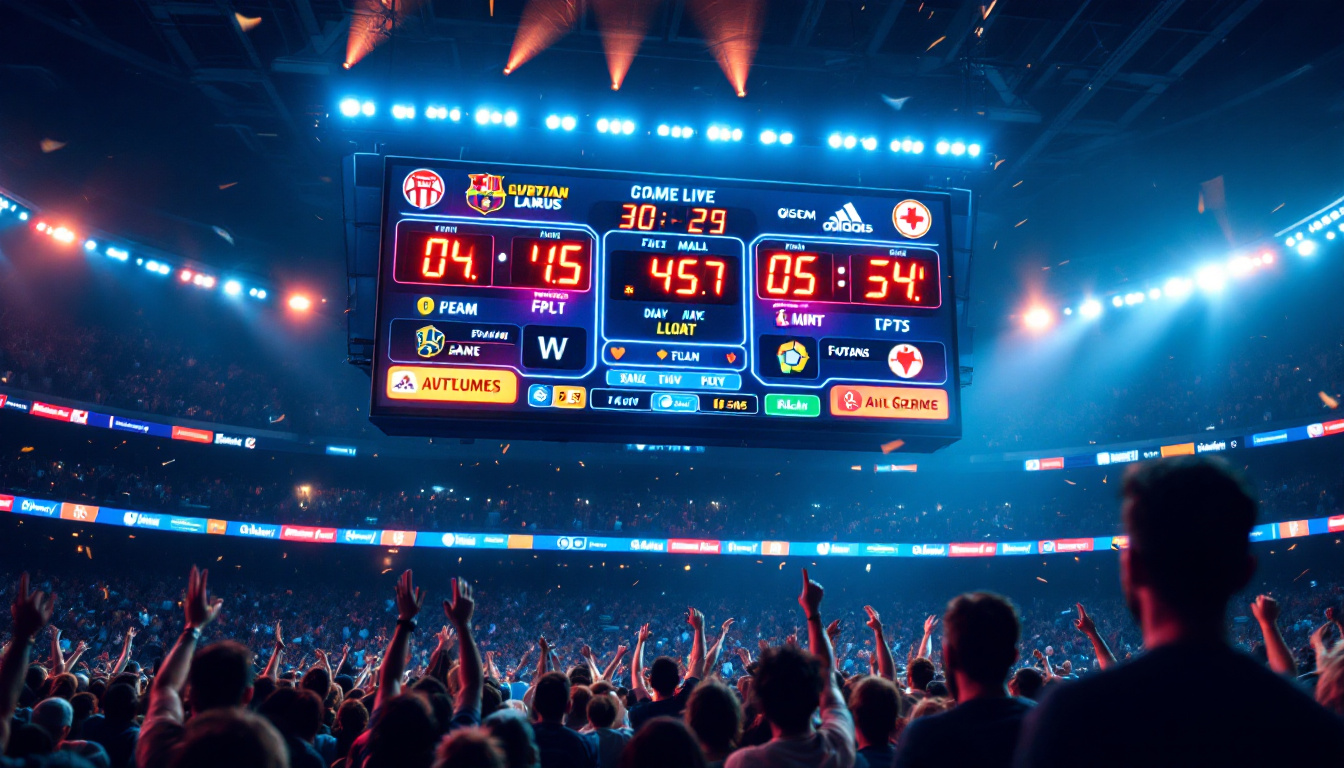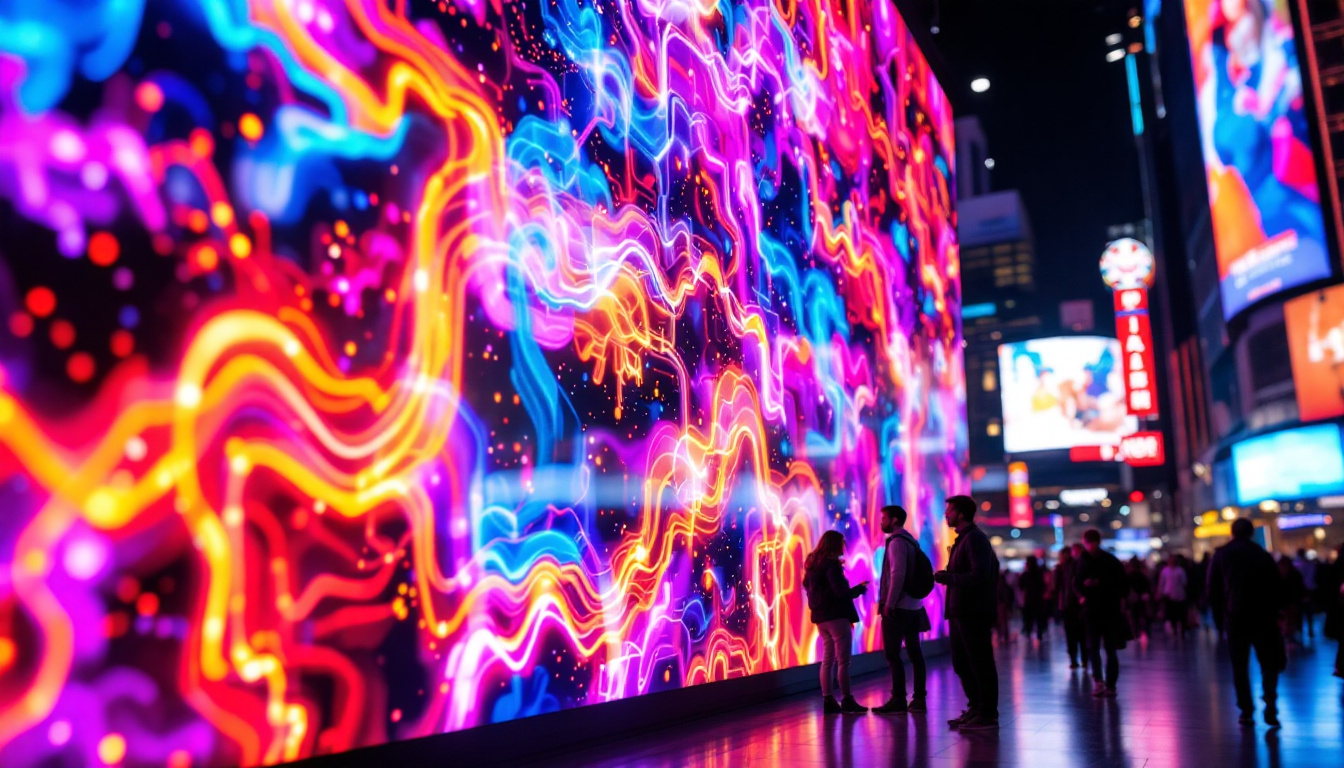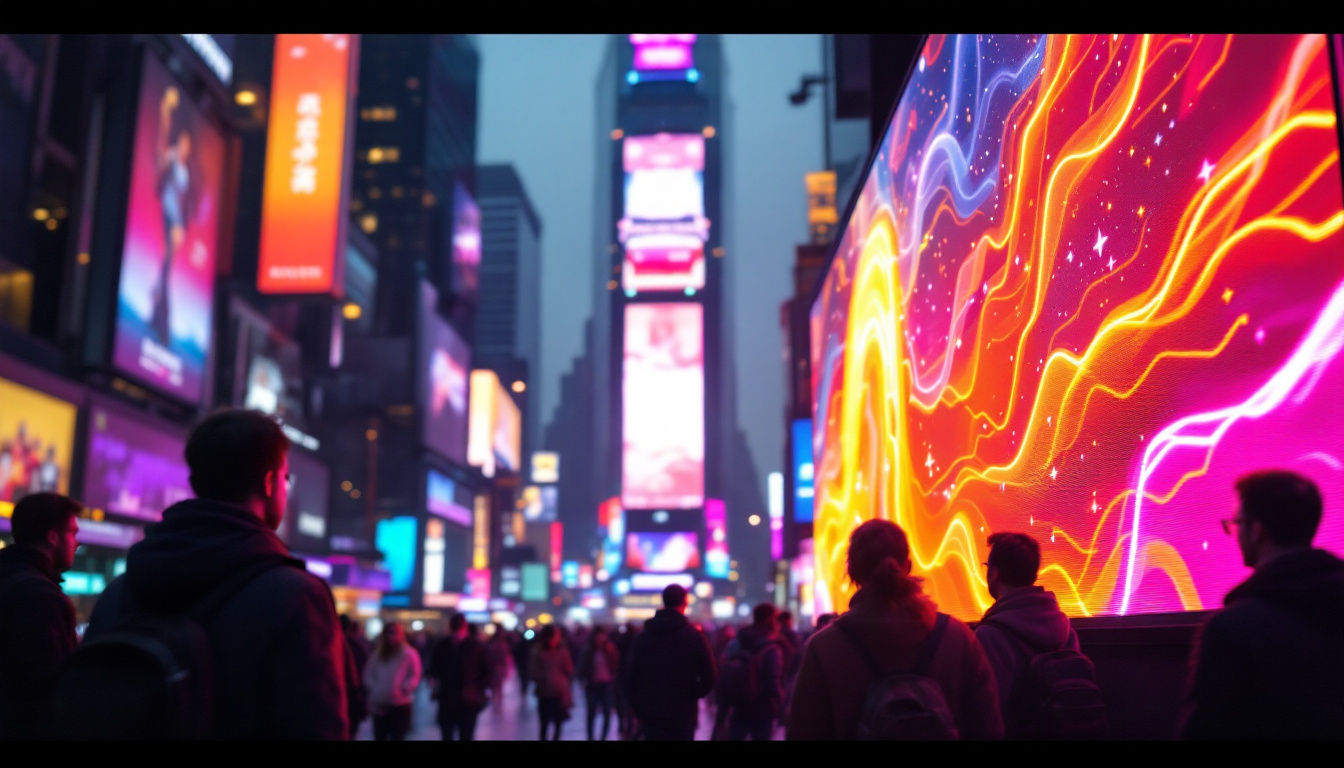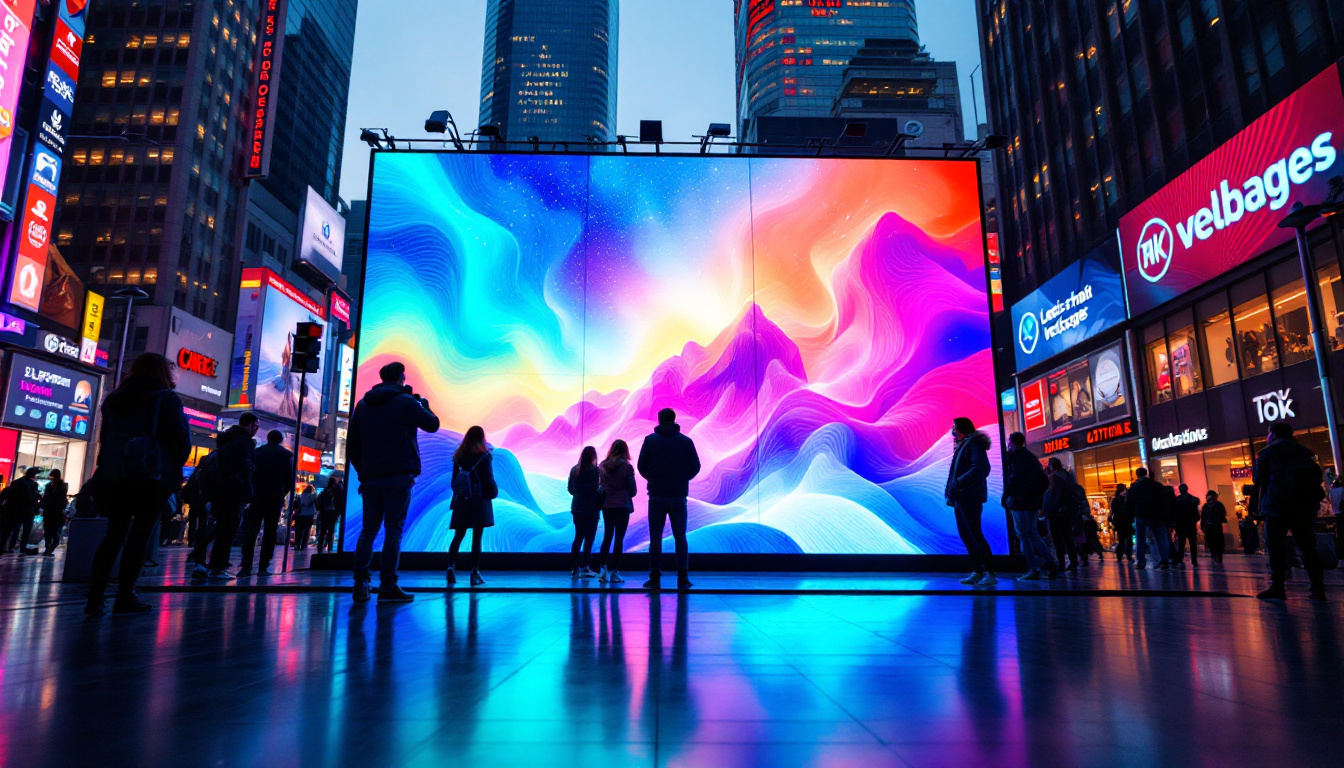In the ever-evolving world of digital signage, vertical LED displays have emerged as a powerful tool for communication and advertising. These displays not only captivate audiences but also offer versatility in design and functionality. This article delves into the intricacies of vertical LED displays, exploring their technology, applications, advantages, and considerations for businesses looking to invest in this innovative medium.
Understanding Vertical LED Displays
Vertical LED displays are specialized screens designed to be oriented in a portrait format, as opposed to the traditional landscape orientation. This unique configuration allows for a different visual experience, making them ideal for various environments, including retail spaces, public transportation hubs, and event venues. Their vertical design not only enhances visibility but also provides a modern aesthetic that can complement contemporary architecture and interior design.
In addition to their visual appeal, vertical LED displays are often equipped with advanced features such as touch interactivity and motion sensors. This interactivity can transform a passive viewing experience into an engaging one, allowing users to navigate through content, access information, or even participate in promotional activities. As technology continues to evolve, these displays are becoming increasingly versatile, integrating seamlessly with digital signage systems and content management solutions.
How Vertical LED Displays Work
At the core of vertical LED displays is the light-emitting diode (LED) technology. LEDs are semiconductor devices that emit light when an electric current passes through them. Vertical displays typically utilize an array of these diodes, arranged in a grid pattern, to create images and videos with vibrant colors and high brightness. The efficiency of LED technology also means that these displays consume less power compared to traditional display technologies, making them a more sustainable choice for businesses.
The pixels in an LED display are made up of red, green, and blue (RGB) components that combine to produce a full spectrum of colors. When these pixels are activated in various combinations, they can create dynamic visuals that capture attention and convey messages effectively. Furthermore, advancements in pixel pitch technology have allowed for tighter pixel arrangements, resulting in higher resolution displays that can be viewed from closer distances without sacrificing image quality. This is particularly beneficial in environments where viewers are often within a few feet of the screen.
Types of Vertical LED Displays
There are several types of vertical LED displays, each designed for specific applications. Some of the most common types include:
- Indoor Vertical LED Displays: These displays are typically used in retail environments, trade shows, and indoor events. They offer high resolution and brightness, making them suitable for close viewing. Additionally, many indoor models come with customizable features, allowing businesses to tailor the content to their branding and marketing strategies.
- Outdoor Vertical LED Displays: Built to withstand the elements, outdoor displays are designed for visibility in bright sunlight. They often feature weatherproof casings and higher brightness levels. These displays are frequently used for advertising billboards and public information displays, where durability and visibility are paramount.
- Transparent LED Displays: These innovative displays allow for visibility through the screen while still presenting content. They are increasingly being used in storefronts and exhibitions. The ability to see through the display while still conveying messages creates a unique advertising opportunity, blending digital content with physical products in a way that enhances customer engagement.
Moreover, vertical LED displays are also being integrated into smart city initiatives, where they serve as information hubs that provide real-time updates on public transportation schedules, weather alerts, and local events. This functionality not only enhances the user experience but also contributes to a more connected and informed community. As the technology continues to advance, the applications for vertical LED displays are likely to expand even further, making them an essential component of modern visual communication strategies.
Applications of Vertical LED Displays
Vertical LED displays have found their niche in various sectors, thanks to their adaptability and eye-catching nature. Here are some notable applications:
Retail Advertising
In the retail industry, vertical LED displays serve as powerful advertising tools. Their tall, slender design fits seamlessly into store layouts, allowing brands to showcase promotions, new arrivals, and engaging content. The ability to change messages quickly and easily makes them an ideal choice for dynamic advertising campaigns.
Additionally, these displays can enhance the shopping experience by providing customers with information about products, special offers, or even interactive content that encourages engagement.
Event Promotion
Vertical LED displays are increasingly used in event venues for promoting upcoming events, displaying schedules, and providing information to attendees. Their striking visuals can attract attention from afar, ensuring that important messages reach a wide audience.
Moreover, during events, these displays can be used for live feeds, social media integration, and interactive experiences, making them a versatile addition to any event setup.
Transportation Hubs
Airports, train stations, and bus terminals have also embraced vertical LED displays for real-time information dissemination. These displays can provide travelers with updates on schedules, gate changes, and important announcements in a visually appealing format.
The vertical orientation allows for a compact design that can fit into tight spaces, making them ideal for crowded environments where information needs to be conveyed quickly and effectively.
Advantages of Vertical LED Displays
Investing in vertical LED displays comes with a range of advantages that can significantly benefit businesses. Here are some key benefits:
High Visibility
One of the primary advantages of vertical LED displays is their high visibility. The bright colors and dynamic content can easily capture the attention of passersby, making them an effective tool for advertising and information dissemination.
Moreover, the vertical orientation allows for a larger surface area that can display more content without compromising readability, ensuring that messages are conveyed clearly.
Versatility in Content
Vertical LED displays offer unparalleled versatility in terms of content. Businesses can showcase videos, animations, images, and text, allowing for a wide range of creative possibilities. This flexibility enables brands to tailor their messages to suit different audiences and occasions.
Furthermore, many vertical LED displays come with software that allows for easy content management, enabling businesses to update their messaging in real-time, which is particularly beneficial for time-sensitive promotions.
Space Efficiency
In urban environments where space is often limited, vertical LED displays provide a space-efficient solution. Their slender design allows them to fit into narrow areas, maximizing advertising potential without taking up valuable floor space.
This efficiency is particularly advantageous in retail and event settings, where every square foot counts. By utilizing vertical displays, businesses can enhance their visual presence without overcrowding their environment.
Considerations When Choosing Vertical LED Displays
While vertical LED displays offer numerous benefits, there are several considerations that businesses should keep in mind when selecting the right display for their needs:
Location and Environment
The location of the display plays a crucial role in its effectiveness. For outdoor installations, it’s essential to choose displays that are weatherproof and have high brightness levels to ensure visibility in direct sunlight. Conversely, indoor displays may prioritize resolution and color accuracy for closer viewing distances.
Understanding the specific environment in which the display will be used can help businesses make informed decisions about the type of display that will best meet their needs.
Content Strategy
A well-defined content strategy is vital for maximizing the impact of vertical LED displays. Businesses should consider what messages they want to convey and how often they will update content. Engaging visuals and clear messaging are key to capturing and retaining audience attention.
Additionally, businesses should explore interactive content options, such as touchscreens or social media integration, which can enhance engagement and create memorable experiences for viewers.
Budget and ROI
Investing in vertical LED displays can represent a significant financial commitment. Therefore, it’s important for businesses to establish a budget and consider the potential return on investment (ROI). Evaluating factors such as increased foot traffic, improved customer engagement, and enhanced brand visibility can help justify the investment.
Moreover, exploring financing options or leasing agreements can provide businesses with flexibility while still allowing them to take advantage of this cutting-edge technology.
The Future of Vertical LED Displays
The future of vertical LED displays looks promising, with ongoing advancements in technology and design. As manufacturers continue to innovate, we can expect to see even thinner, lighter, and more energy-efficient displays that offer enhanced functionality.
Integration with Smart Technology
One of the most exciting developments in the realm of vertical LED displays is their integration with smart technology. This includes features such as AI-driven content management systems that can analyze audience behavior and tailor messages accordingly. Such advancements will allow businesses to create more personalized and impactful experiences for their customers.
Additionally, the rise of the Internet of Things (IoT) will enable vertical displays to connect with other devices, creating a seamless flow of information and enhancing interactivity.
Increased Use of Augmented Reality
As augmented reality (AR) technology continues to evolve, it is likely that vertical LED displays will incorporate AR elements to create immersive experiences. This could transform how businesses engage with their audiences, allowing for interactive advertising and experiential marketing that captures attention and drives engagement.
Imagine a vertical display that not only showcases a product but also allows customers to visualize it in their own space through AR. Such innovations could redefine the retail landscape and enhance customer experiences.
Conclusion
Vertical LED displays represent a dynamic and versatile solution for businesses seeking to enhance their communication and advertising efforts. With their ability to capture attention, deliver engaging content, and fit into various environments, these displays are becoming increasingly popular across multiple industries.
As technology continues to advance, the potential applications and benefits of vertical LED displays will only expand. By understanding their advantages, applications, and considerations, businesses can make informed decisions that leverage this powerful medium to drive engagement and growth.
In a world where visual communication is paramount, vertical LED displays stand out as a compelling choice for brands looking to make a lasting impression.
Discover LumenMatrix’s Innovative LED Solutions
Ready to elevate your brand’s visual impact with the latest in LED display technology? Look no further than LumenMatrix, where innovation meets excellence in creating immersive visual experiences. From the bustling streets to the heart of your retail space, our comprehensive range of LED display solutions, including Indoor and Outdoor LED Walls, Vehicle Displays, LED Posters, Sports Displays, and even Custom Configurations, are designed to captivate and engage your audience. Embrace the future of visual communication with LumenMatrix and transform your messaging into a vivid spectacle. Check out LumenMatrix LED Display Solutions today and witness how we can illuminate your brand’s potential.

